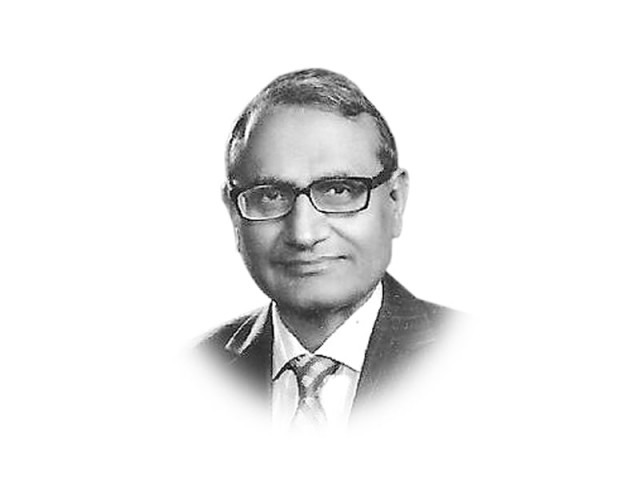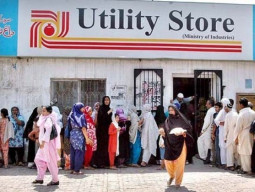
According to the State Bank data, Pakistan’s public debt stood at Rs12.92 trillion in 2011-12. This is the fourth fiscal year of the PPP-led alliance. The Pervez Musharraf regime had left a public debt of Rs6.69 trillion in 2007-08, its last fiscal year. It is clear that the present regime added a huge debt burden of Rs6.23 trillion in its four years. Based on this, one comes across statements suggesting that the present regime borrowed roughly as much as all the previous regimes put together. Loans have different maturities and disbursement schedules. A regime enjoying debt rescheduling, as was the case of the Musharraf regime, is able to show lower debt burdens, than the regime that has to face this burden later. Comparisons in terms of absolute figures, as is happening in the political debate, ignore vast variations caused by the high rates of inflation and rupee depreciation.

There are a number of ways to look at the debt burden in a fair and comparable manner. The simplest of these are the debt-to-GDP ratio and the ratio of debt servicing to tax revenue. As a ratio of GDP, the Musharraf regime passed on a debt burden of 60.7 per cent. At 62.6 per cent, the present regime has increased the debt burden by 1.9 percentage points. Both exceed the limit of 60 per cent of GDP considered safe under the Fiscal Responsibility and Debt Limitation Act. In fact, 2012-13 is the target year in the Act to achieve this limit. As much as 61.3 per cent of the tax revenue was consumed by debt servicing in 2011-12. The country has come a long way, though, when we recall some past ratios. In 1998-99, the last full fiscal year of the second Nawaz Sharif regime, the debt-to-GDP ratio was 99.8 per cent and debt servicing ate up 87 per cent of the tax revenue. These ratios, respectively, were 52 per cent and 65.4 per cent in 1995-96.
Obviously, all regimes have contributed to the worsening debt burden. As all parties prepare for the elections, their manifesto committees need to deliberate on bringing the primary deficit down to zero. It was two-and-a-half per cent in 2010-11. This is the fiscal deficit before interest payments. The idea is to ensure that real revenue growth is higher than the real growth in debt. In making their medium-term development plans, these committees should worry about the fact that the money spent on interest payments is higher than the development expenditure. Our debt burden is higher than India’s but we are nowhere near Greece (140 per cent) or Italy (119 per cent). Despite fiscal profligacy, it is a tribute to the basic resilience of our economy that we have never defaulted on our debts. Instead of point scoring, the political think tanks should come out with ways to build on this strength.
Published in The Express Tribune, November 30th, 2012.













COMMENTS
Comments are moderated and generally will be posted if they are on-topic and not abusive.
For more information, please see our Comments FAQ